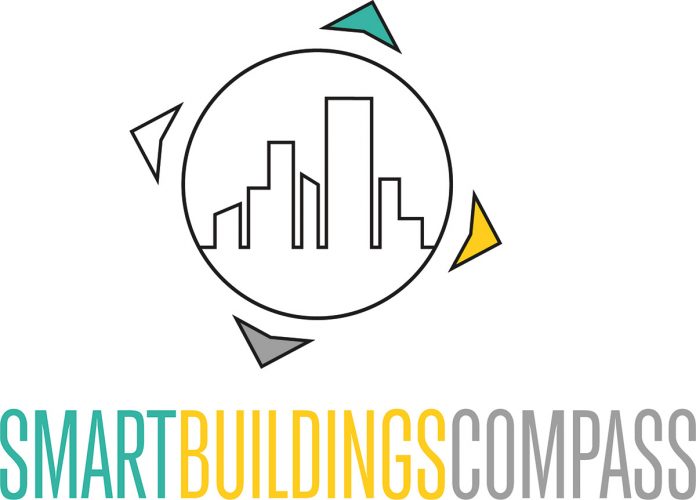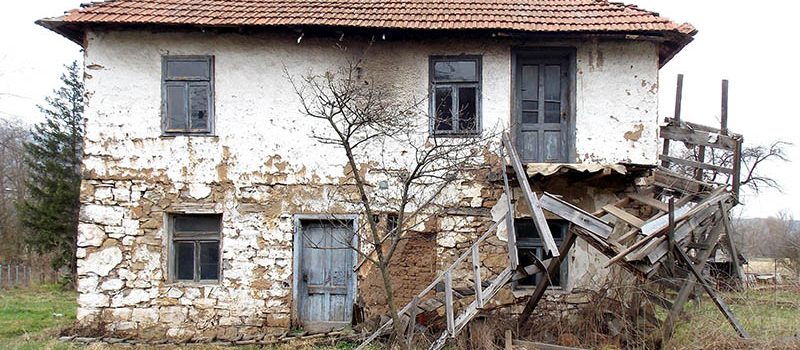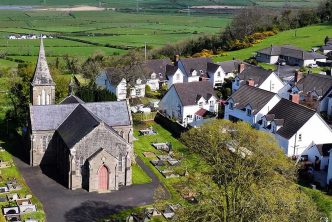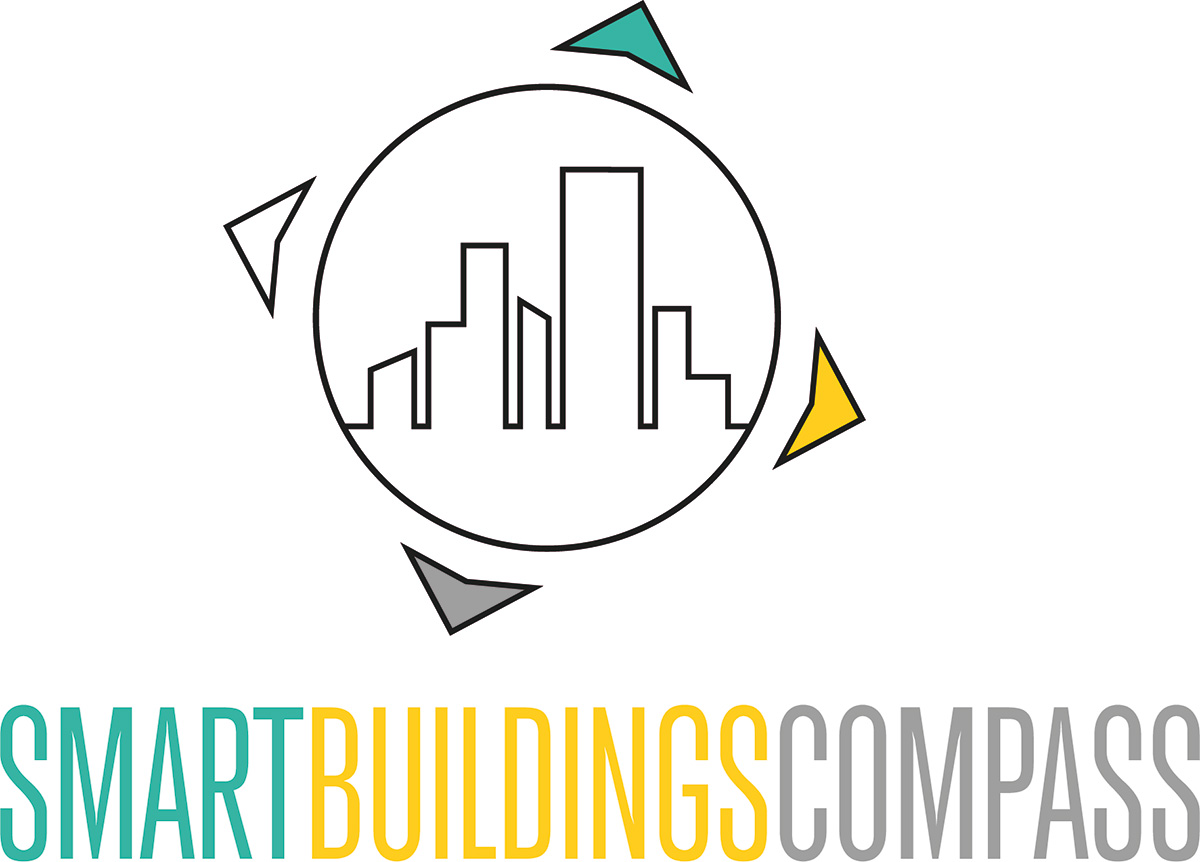A house in the countryside became the dream of many city slickers, especially in pandemic times. As a result, the costs for land, houses and restoration are also increasing massively. House owners are currently becoming speculators: Former slow sellers have become desirable properties that are being traded at exorbitant prices.
Recently I visited two semi-detached houses in Lower Austria: 80 and 130 m2 living space, the “garden” a narrow strip at the back. The two properties have been unoccupied for several years, nothing has been invested for decades. It does not offer a particularly nice location or view, the back overlooks a rather unadorned field. The cost of both houses together – 208,000 EUR. Not an Occasion, that much is clear.
Things got exciting when it came to the necessary investments: Clearance of the remaining rotten furniture and complete renovation of the masonry including repartition of the rooms. Because these are divided in a completely crazy way – in the interiors, therefore, it needs a complete replanning.
Clearance & disposal of the already crooked wooden barn and the former stable, rebuild the fence. Replacement of windows and doors, refurbishment of electrical installations so that the cottage does not burn down, repair dissolution tendencies on the outer masonry and apply insulation (wooden construction and completely uninsulated), repair the roof and insulate it right away, disposal and complete rebuilding of the two stone terraces. The car driveway has a STAIR (yes, really!), so the driveway needs to be redone. There is no heating in parts of the house, not even pipework.
The longer the tour lasted, the more amazed I became.
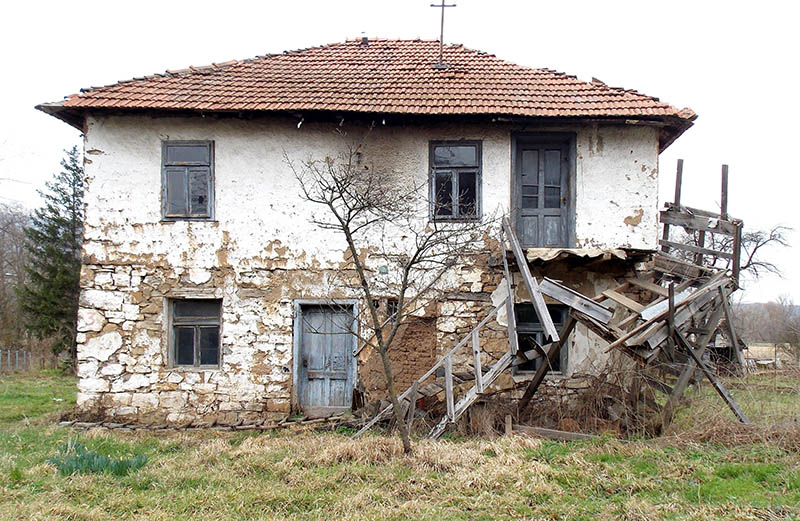
Do the investments pay off?
Nope.
The two halves of the houses are definitely no pearls – in the light of the necessary investments and the cost escalations for materials and skilled personnel on the market, I am not sure you would even get by with another 200,000 EUR for the redevelopment. Actually, these two houses should be torn down and completely rebuilt – but in this case there would be cheaper options. Better save the costs for the wrecking ball and the disposal by buying an undeveloped building site. Never underestimate the costs for the disposal!
My conclusion: These semi-detached houses would have been rotting on the net for a long time in the past, probably sold for not even a third of today’s price. In pandemic times, the broker expects a rapid sales success, because this broke house is one of the few available and affordable objects for families in the south of Vienna. Since the good locations have already been sold, the slow sellers and much worse properties are now coming up for sale.
And while the current owner is speculating, families with a desire for their own property are calculating: In Vienna, ownership has become completely unaffordable. Living space around half a million euro is no rarity, and these spaces need to be redeveloped too. So they prefer to buy houses on the countryside which still seems affordable, and renovate it at great expense. But in buying completely wrecked buildings at horrendous prices, they also drive up prices.
Often not on the radar: The upcoming EU minimum standards for buildings
Sustainable action will dictate policy and governing guidelines in the coming years. This could make ownership in the countryside quite expensive in the future – especially if the broken-down buildings HAVE to be renovated.
This is what the EU is currently aiming for: The building sector is the largest energy consumer in Europe, accounting for 40 percent of energy use. This also causes almost 40 percent of greenhouse gases in construction, renovation and use. To counteract this, the Energy Efficiency Directive for Buildings is to be revised. The first proposal calls for minimum standards: Houses that fall into the lowest 15 percent of efficiency classes have to be mandatorily renovated. From 2030 onward, the EU envisions only new constructions which no longer emit any emissions.
This means that, according to the EU’s vision, buildings will soon only be powered by renewable energy sources, and construction will also be carried out using materials that protect the climate and the environment.
Furthermore, EU climate taxonomy – which are the criteria which investments are considered sustainable – will change the real estate sector for the long term. Large companies, as well as public interest entities and the entire financial sector, will be required to report. This push is intended to encourage investment in sustainable business activities: “The goal is to create a regulatory framework that will, over time, put sustainability reporting on a level with financial reporting. The proposed directive will extend EU sustainability reporting requirements to all large companies and all stock-exchange listed companies.”
This means that investments in buildings that are not designed with sustainability and energy efficiency in mind will become more expensive in medium to long-term.
This also means that, with an eye on the coming climate regulations, these buildings could become a bottomless pit. When an expensive refurbishment becomes mandatory, the worst case for house owner is an endless cycle of money injections. Furthermore, with the sustainable orientation of the real estate market, these refurbishment bombs will be worth far less without this refurbishment than houses with better energy efficiency.
My advice: Please do not buy every piece of junk that is offered to you! A house in the countryside is great, but please not at any price.
Anja Herberth
Credit: Shutterstock
